The Threat of Mercury Poisoning by Fish Consumption
Abstract
1. Introduction
2. Materials and Methods
3. Results
3.1. Distribution of Respondents by Age
3.2. Distribution of Respondents by Level of Education
3.3. Distribution of Respondents by Social Background
3.4. Distribution of Respondents According to the Reason of Buying Fish
3.5. Distribution of Respondents According to Their Knowledge on Mercury Exposure Associated with Fish Consumption
3.6. Distribution of Respondents on the Introduction of Fish Products into Children’s Food
3.7. The Influence of Commercial Advertisements and Mass Media
3.8. Distribution of Respondents Regarding Possible Diseases Associated with Fish Consumption
3.9. Distribution of Respondents Regarding Suggestions on Improving People’s Access to Information on the Toxicity of Fish Products
4. Discussion
5. Conclusions
Supplementary Materials
Author Contributions
Funding
Institutional Review Board Statement
Informed Consent Statement
Data Availability Statement
Conflicts of Interest
References
- Gammone, M.A.; Riccioni, G.; Parrinello, G.; Orazio, N. Omega-3 Polyunsaturated Fatty Acids: Benefits and Endpoints in Sport. Nutrients 2019, 11, 46. [Google Scholar] [CrossRef] [PubMed]
- Zaloga, G.P. Narrative Review of n-3 Polyunsaturated Fatty Acid Supplementation upon Immune Functions, Resolution Molecules and Lipid Peroxidation. Nutrients 2021, 13, 662. [Google Scholar] [CrossRef] [PubMed]
- Hilleman, D.; Teply, R.; Packard, K.A. Knowledge, Perceptions, and Patterns of Fish Oil Use in Cardiac Patients. J. Pharm. Pract. 2020, 33, 580–585. [Google Scholar] [CrossRef] [PubMed]
- Telle-Hansen, V.H.; L. Gaundal; Myhrstad, M. Polyunsaturated Fatty Acids and Glycemic Control in Type 2 Diabetes. Nutrients 2019, 11, 1067. [Google Scholar] [CrossRef] [PubMed]
- Tyśkiewicz, K.; Gieysztor, R.; Maziarczyk, I.; Hodurek, P.; Rój, E.; Skalicka-Woźniak, K. Supercritical Fluid Chromatography with Photodiode Array Detection in the Determination of Fat-Soluble Vitamins in Hemp Seed Oil and Waste Fish Oil. Molecules 2018, 23, 1131. [Google Scholar] [CrossRef] [PubMed]
- Day, N.K.; Schmidt, T.; Roberts, J.; Osmundson, B.; Willacker, J.J.; Eagles-Smith, C.A. Mercury and selenium concentrations in fishes of the Upper Colorado River Basin, southwestern United States: A retrospective assessment. PLoS ONE 2020, 15, e0226824. [Google Scholar] [CrossRef] [PubMed]
- Bose-O’Reilly, S.; McCarty, K.M.; Steckling, N.; Lettmeier, B. Mercury Exposure and Children’s Health. Curr. Probl. Pediatr. Adolesc. Health Care 2010, 40, 186–215. [Google Scholar] [CrossRef] [PubMed]
- Schoeman, K.; Bend, J.R.; Hill, J.; Nash, K.; Koren, G. Defining a lowest observable adverse effect hair concentrations of mercury for neurodevelopmental effects of prenatal methylmercury exposure through maternal fish consumption: A systematic review. Ther. Drug. Monit. 2009, 31, 670–682. [Google Scholar] [CrossRef] [PubMed]
- Park, K.; Seo, E. Association between Toenail Mercury and Metabolic Syndrome Is Modified by Selenium. Nutrients 2016, 8, 424. [Google Scholar] [CrossRef] [PubMed]
- Stratakis, N.; Conti, D.V.; Borras, E.; Sabido, E.; Roumeliotaki, T.; Papadopoulou, E.; Agier, L.; Basagana, X.; Bustamante, M.; Casas, M.; et al. Association of Fish Consumption and Mercury Exposure During Pregnancy With Metabolic Health and Inflammatory Biomarkers in Children. JAMA Netw Open. 2020, 3, e201007. [Google Scholar] [CrossRef] [PubMed]
- Fields, C.A.; Borak, J.; Louis, E.D. Mercury-induced motor and sensory neurotoxicity: Systematic review of workers currently exposed to mercury vapor. Crit. Rev. Toxicol. 2017, 47, 811–844. [Google Scholar] [CrossRef] [PubMed]
- Eto, K.; Marumoto, M.; Takeya, M. The pathology of methylmercury poisoning (Minamata disease). Neuropathology 2010, 30, 471–479. [Google Scholar]
- Keibo, O. Rowing the Eternal Sea: The Story of a Minamata Fisherman; Rowman & Littlefield Publisers: Lanham, MD, USA, 2001; ISBN 0-7425-0021-7. [Google Scholar]
- Park, J.D.; Zheng, W. Human Exposure and Health Effects of Inorganic and Elemental Mercury. J. Prev. Med. Public Health 2012, 45, 344–352. [Google Scholar] [CrossRef] [PubMed]
- Castaño, A.; Cutanda, F.; Esteban, M.; Pärt, P.; Navarro, C.; Gómez, S.; Rosado, M.; López, A.; López, E.; Exley, K.; et al. Fish consumption patterns and hair mercury levels in children and their mothers in 17 EU countries. Environ. Res. 2015, 141, 58–68. [Google Scholar] [CrossRef] [PubMed]
- Drăgan, F.; Lupu, V.V.; Pallag, A.; Barz, C.; Fodor, K. Rational consumption of nutrients at school-aged children. IOP Conf. Ser. Mater. Sci. Eng. 2017, 200, 012063. [Google Scholar] [CrossRef]
- Mania, M.; Wojciechowska-Mazurek, M.; Starska, K.; Rebeniak, M.; Postupolski, J. Fish and seafood as a source of human exposure to methylmercury. Rocz Panstw Zakl Hig. 2012, 63, 257–264. [Google Scholar] [PubMed]
- Bussan, D.D.; Douvris, C.; Cizdziel, J.V. Mercury Methylation Potentials in Sediments of an Ancient Cypress Wetland Using Species-Specific Isotope Dilution GC-ICP-MS. Molecules 2022, 27, 4911. [Google Scholar]
- Angyus, S.B.; Levei, E.; Petreus, D.; Etz, R.; Covaci, E.; Moldovan, O.T.; Ponta, M.; Darvasi, E.; Frentiu, T. Simultaneous Determination of As, Bi, Sb, Se, Te, Hg, Pb and Sn by Small-Sized Electrothermal Vaporization Capacitively Coupled Plasma Microtorch Optical Emission Spectrometry Using Direct Liquid Microsampling. Molecules 2021, 26, 2642. [Google Scholar] [CrossRef] [PubMed]
- Pertovici, M.; Pacioglu, O. Heavy metal concentrations in two species of fish from the Crișul Negru River, Romania. AACL Bioflux 2010, 3, 51–60. [Google Scholar]
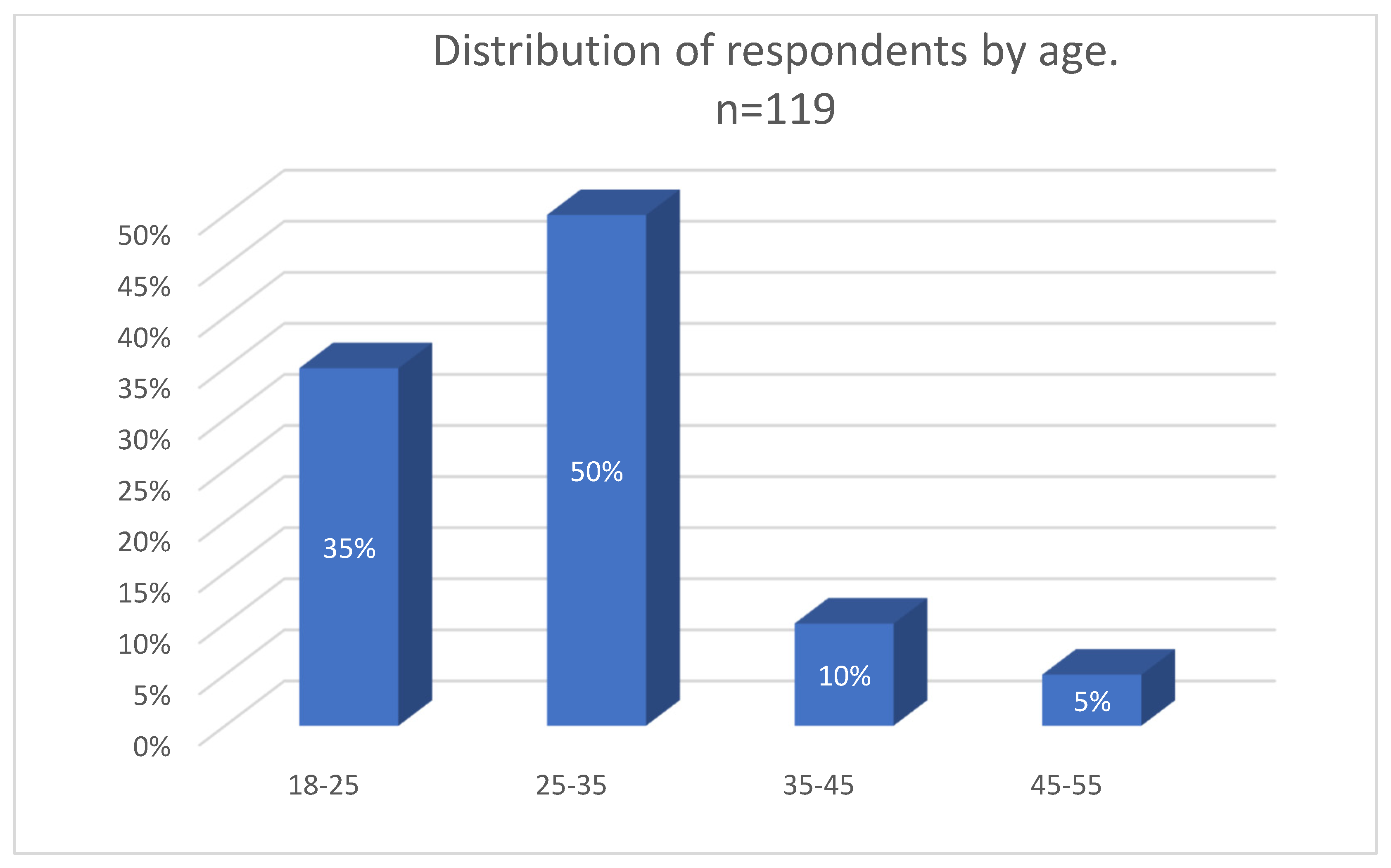
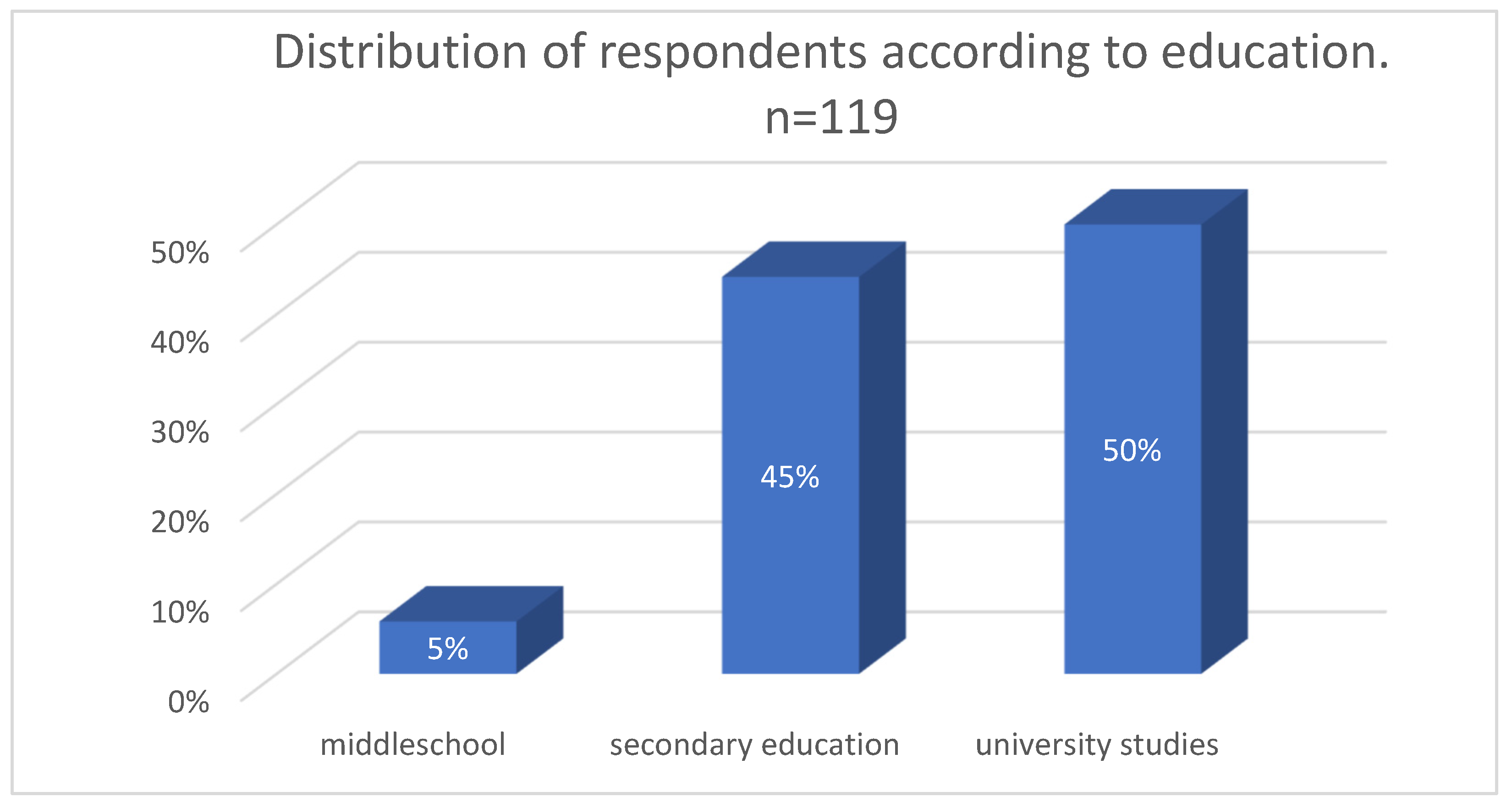
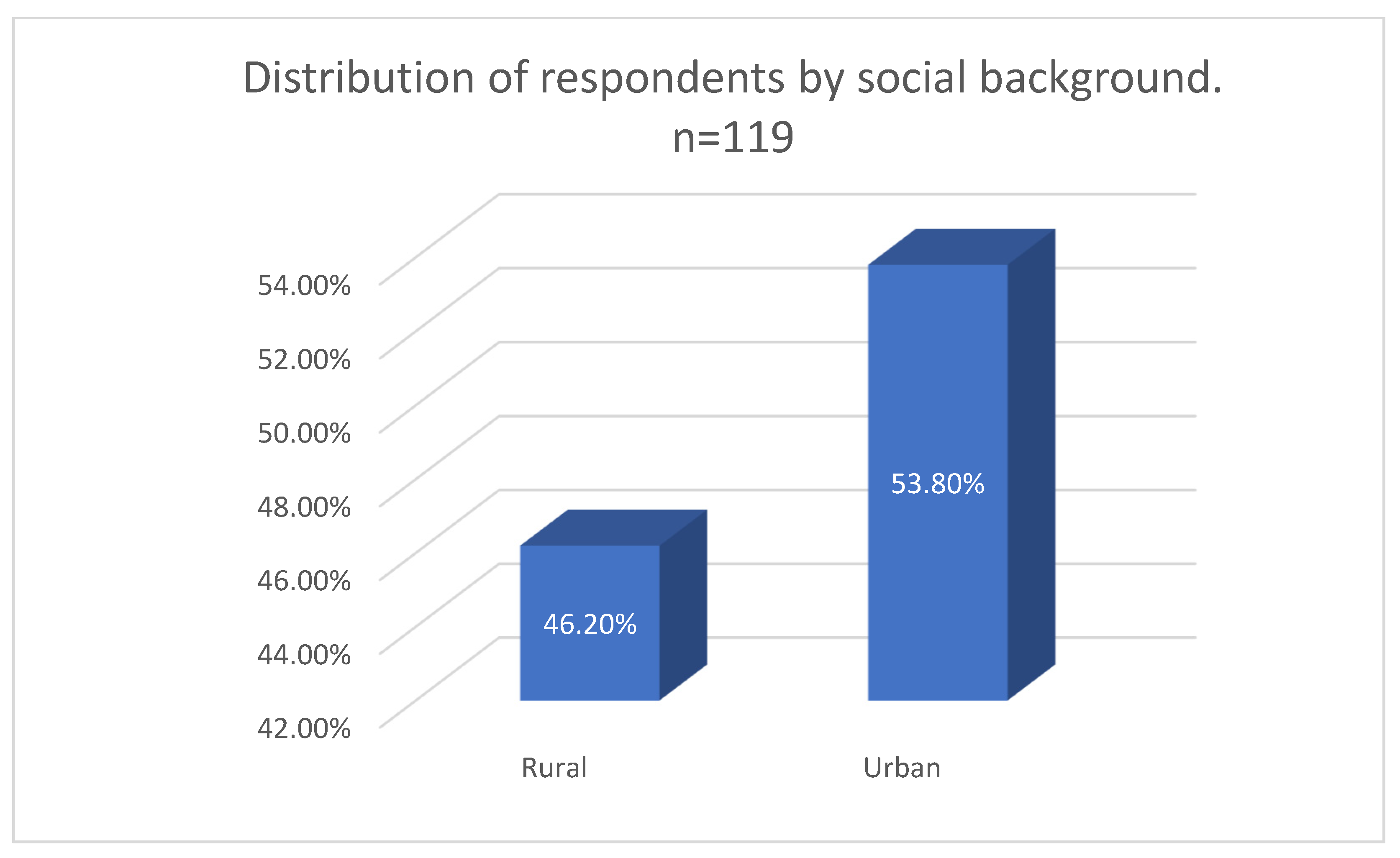

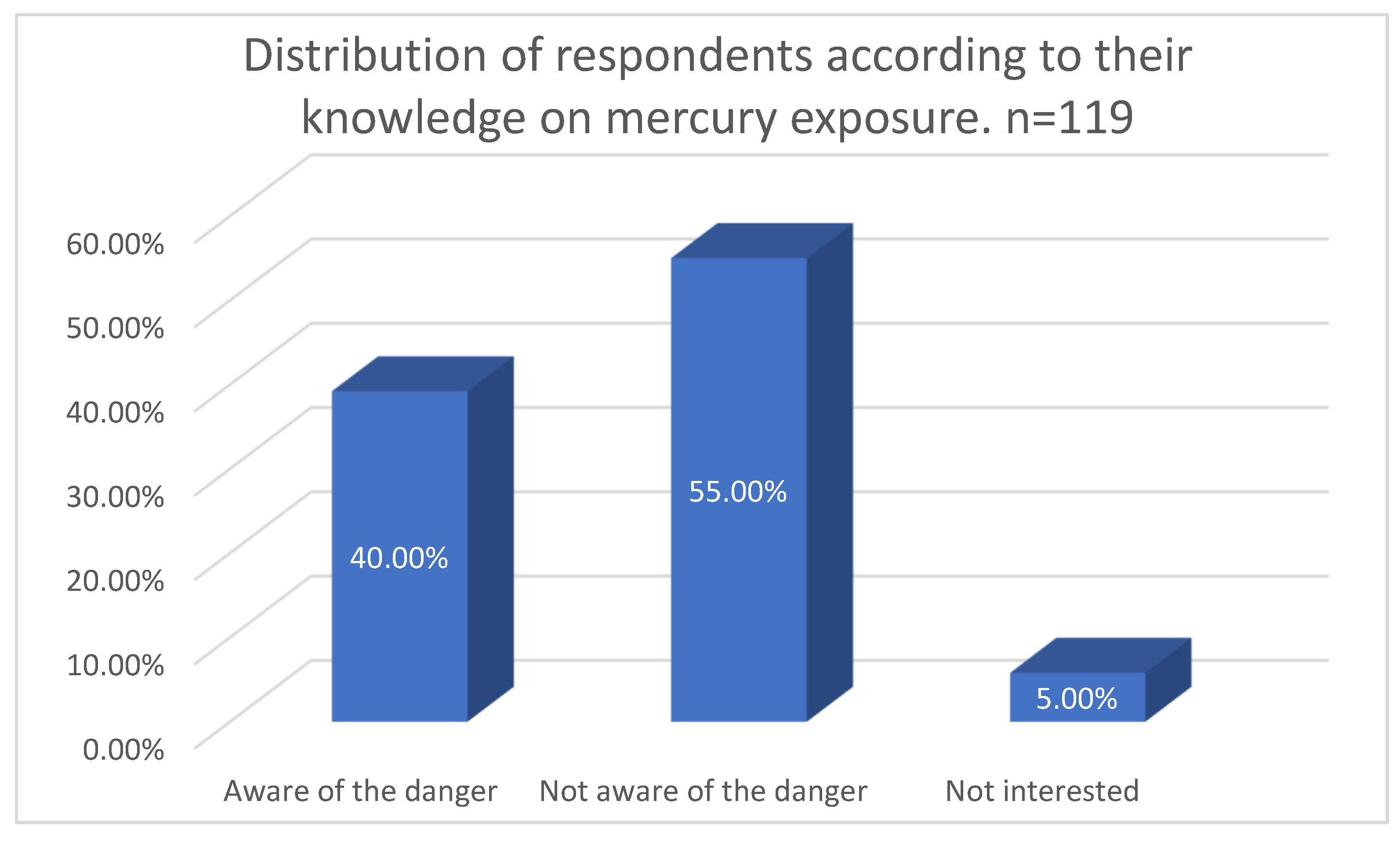
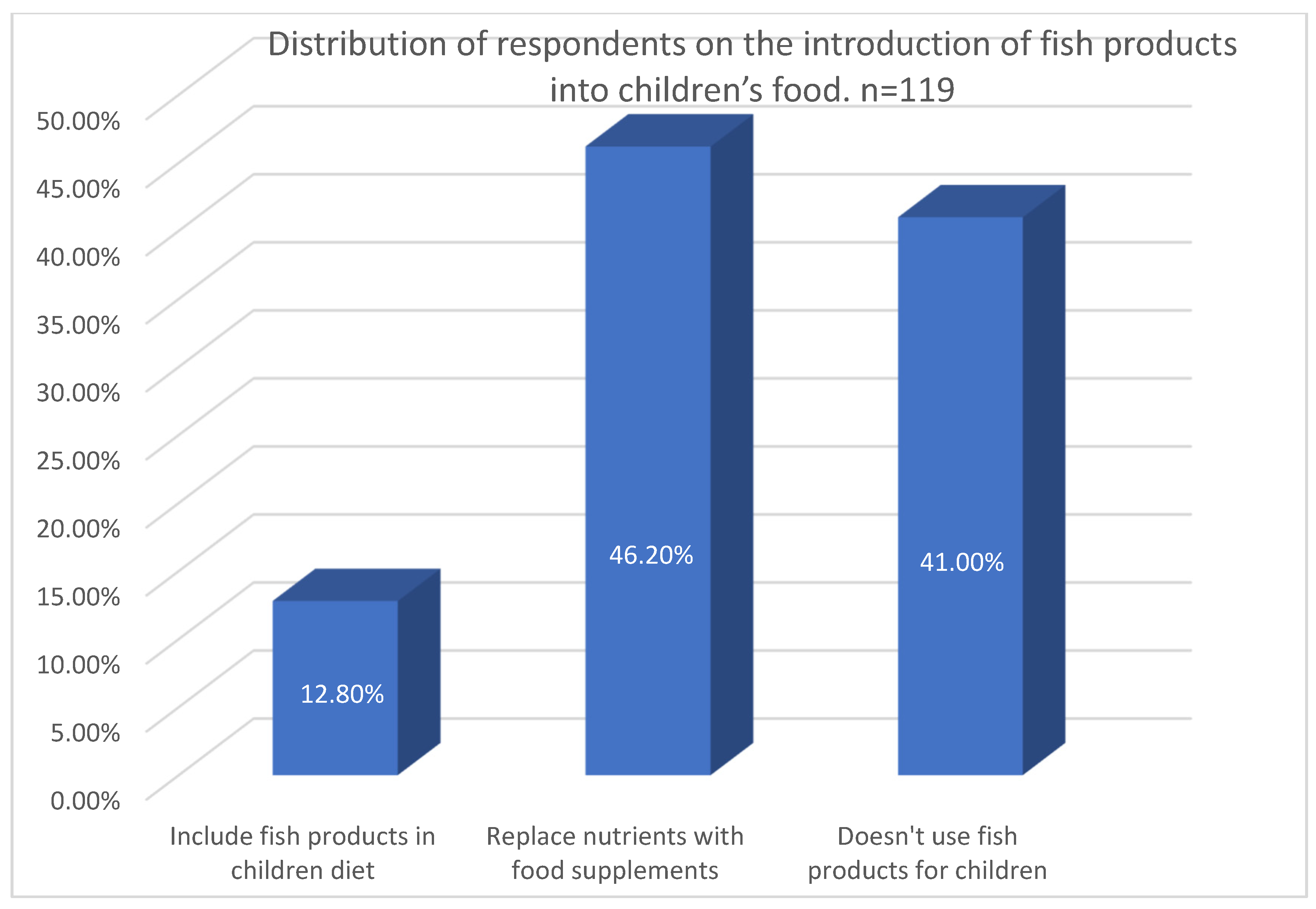



Disclaimer/Publisher’s Note: The statements, opinions and data contained in all publications are solely those of the individual author(s) and contributor(s) and not of MDPI and/or the editor(s). MDPI and/or the editor(s) disclaim responsibility for any injury to people or property resulting from any ideas, methods, instructions or products referred to in the content. |
© 2022 by the authors. Licensee MDPI, Basel, Switzerland. This article is an open access article distributed under the terms and conditions of the Creative Commons Attribution (CC BY) license (https://creativecommons.org/licenses/by/4.0/).
Share and Cite
Dragan, F.; Lestyan, M.; Lupu, V.V.; Marcu, F.M.; Cozma, A.; Fodor, K.; Ciubara, A.; Moisa, C.F.; Teaha, D.; Lupu, A.; et al. The Threat of Mercury Poisoning by Fish Consumption. Appl. Sci. 2023, 13, 369. https://doi.org/10.3390/app13010369
Dragan F, Lestyan M, Lupu VV, Marcu FM, Cozma A, Fodor K, Ciubara A, Moisa CF, Teaha D, Lupu A, et al. The Threat of Mercury Poisoning by Fish Consumption. Applied Sciences. 2023; 13(1):369. https://doi.org/10.3390/app13010369
Chicago/Turabian StyleDragan, Felicia, Marieta Lestyan, Vasile Valeriu Lupu, Florin Mihai Marcu, Alina Cozma, Katalin Fodor, Anamaria Ciubara, Corina Florentina Moisa, Diana Teaha, Ancuta Lupu, and et al. 2023. "The Threat of Mercury Poisoning by Fish Consumption" Applied Sciences 13, no. 1: 369. https://doi.org/10.3390/app13010369
APA StyleDragan, F., Lestyan, M., Lupu, V. V., Marcu, F. M., Cozma, A., Fodor, K., Ciubara, A., Moisa, C. F., Teaha, D., Lupu, A., Starcea, I. M., Ignat, A. E., & Ciubara, A. B. (2023). The Threat of Mercury Poisoning by Fish Consumption. Applied Sciences, 13(1), 369. https://doi.org/10.3390/app13010369





